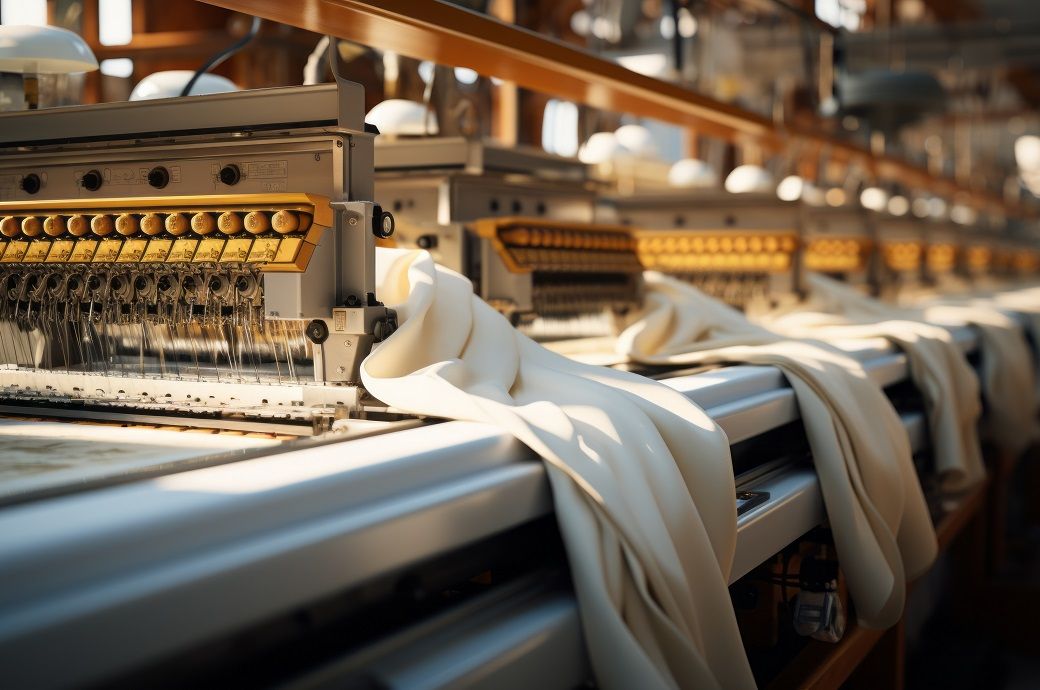You may have already heard: The Federal Reserve has indicated that it will impose rate hikes in 2022 in response to high inflation. The Federal Reserve will also taper its bond buying program next year.
 Depositphotos.com contributor/Depositphotos.com – MarketBeat
Depositphotos.com contributor/Depositphotos.com – MarketBeat
The Federal Reserve is in charge of setting the federal funds rate. (If you’re not sure what that means, you’re not the only one.) The federal funds rate is the rate banks charge each other for short-term borrowing.
But what happens when the federal funds rate rises? When this occurs, it tends to influence consumer interest rates. In light of this news, as a consumer, you may need to consider some strategies early next year (if not before the end of the year).
Tip 1: Consider buying real estate investments now.
Many people believe that the Federal Reserve sets mortgage rates. It doesn’t, but rate hikes affect mortgage rates. If you’re interested in investing in real estate, it’s a good idea to consider investing early on in the year, because you may face higher borrowing costs later on in 2022.
We’re still sitting near historic lows: According to Zillow, the current average 30-year fixed mortgage rate climbed one basis point, from 2.88% to 2.89% as of December 21. The 30-year fixed mortgage rate on December 21, 2021 was up two basis points from the previous week’s average rate of 2.87%. The current national average 15-year fixed mortgage rate increased three basis points, from 2.13% to 2.16%. The current national average 5/1 ARM rate increased five basis points, from 2.44% to 2.49%. It’s important to note that the average 30-year fixed-rate home mortgage has the potential to climb near 4% by the end of 2022.
Ultimately, if you plan to make major purchases or engage in capital expenditures, purchase now to lock in low long-term rates. As rates rise, getting a mortgage loan could come with a larger price tag, and locking in lower rates now can mean that you save money in financing charges and in long-term interest-related costs.
Tip 2: Consider refinancing to a fixed-rate mortgage.
If your investments include a range of adjustable-rate mortgage (ARM) real estate investments, it’s possible that an ARM will save you in interest rates in the short term. However, you’ll face a much higher monthly mortgage bill when your interest rate resets. An increase in the amount you pay each month can cost you a lot of money per month. High home prices combined with a rate hike might affect your real estate investments, particularly if you choose an adjustable-rate mortgage (ARM).
Tip 3: Arrange home equity lines of credit (HELOCs) and home equity loans now.
If you need extra cash and you’ve been planning to get a home equity line of credit (HELOC) or home equity loan, know that they are pegged to the prime rate. HELOCs refer to a loan revolving source of funds, much like a credit card, which you can access as you need. Home equity loans, on the other hand, refer to a lump sum that you borrow against the equity you’ve built in your home.
You could face a higher interest rate if you seek a HELOC or home equity loan next year, so consider getting a home equity loan or HELOC now to save money on interest.
Tip 4: Pay off your credit cards.
It’s true that existing cardholders may not have to worry about their interest rates changing. However, card issuers may bump up interest rates if customers begin falling behind on monthly payments en masse.
Just in case, it’s a good idea to dump your debt in advance of the prime rate hikes because it’s possible you could see credit card interest rates go up, especially if you continue to carry a balance on your existing credit card.
Tip 5: Consider auto loan increases.
It’s true that auto loan increases may not affect you too much, but if you need a new car, should you tackle that task before the Fed raises rates?
It’s always beneficial to clean up your credit score, set a budget for your used car and negotiate the price of a vehicle before you get a loan so you don’t have to take quite as much money out for your auto loan. If you find that you can’t buy a car until next year, do some shopping around through credit unions and banks. Advertised rates only go to the best borrowers.
Tip 6: Put your energy into certain sectors.
Despite a possible uptick in savings account rates and CD rates due to the rise in Fed rates, only consider putting money for one of these types of accounts into an emergency fund.
Consider the different types of sectors that will see an uptick in stock market performance: For example, industrials and retailers can increase when the economy improves and interest rates increase.
You may also want to consider investing in the financial industry or companies related to the financial industry, because banks, brokerages, mortgage companies and insurance can charge more for lending as interest rates move higher.
Prepare for Changes, but Know that You Still Have Time to Act
Should you go into a tailspin of panic in light of the Federal Reserve’s plans to implement rate hikes? No.
In reality, much of life will go on as usual. However, you may want to consider several aspects of your financial situation to help you determine whether you would benefit from certain actions. You may want to consider paying off your credit cards early or getting an auto loan, HELOC or home equity loan now rather than later. You may also want to consider changing your real estate investment approach and consider the types of sectors that make sense for your 2022 investments.
Consider putting together a list of priorities for 2022 and examine the effect the Federal Reserve increases will have on your overall consumer experience.

:max_bytes(150000):strip_icc()/Health-GettyImages-1333230386-993ef5fca5994b69bda4b5eab71bf89d.jpg)


